- 17/02/2023
Charcoal Drawing
Drawing with charcoal
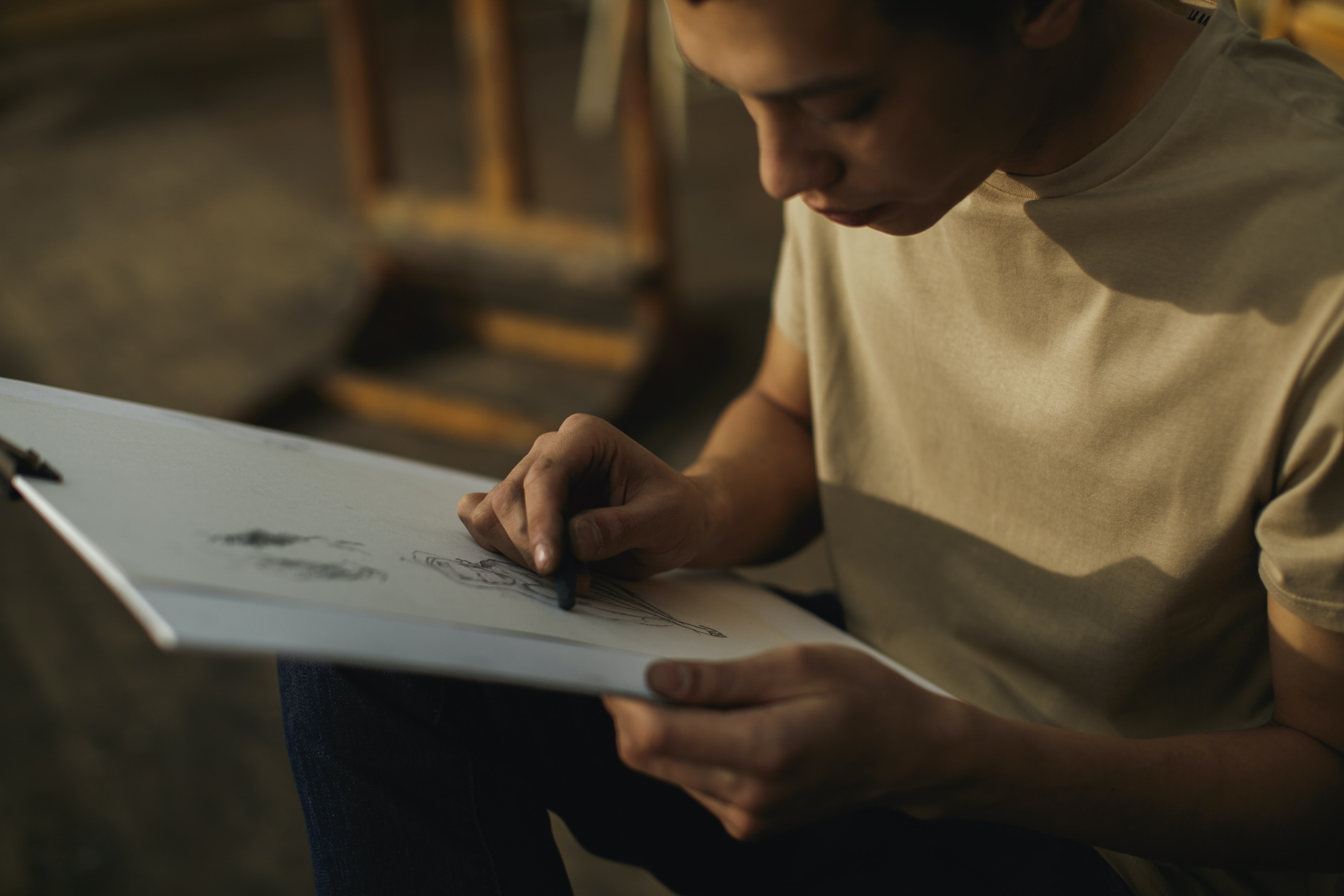

For beginners and experienced artists alike, charcoal is a versatile material usually found in sticks and used for sketching.
The pressure, grip and type and charcoal you use will impact how charcoal behaves – you’ll also need to apply a fixative after you’re done.
We stock a wide range of different charcoal types, from top brands like Faber-Castell, Coates Willow, Derwent and Pebeo.
Types of charcoal
There’s are many types of charcoal available – different forms that require different techniques to master. Types of charcoal include:
Compressed charcoal sticks – made completely of charcoal, thin sticks that offer perfect control.
Charcoal pastels – shaped like a soft pastel, but made with charcoal instead. Can be used in a similar way to pastels and feature a similar consistency.
Charcoal pencils – instead of filled with traditional graphite, these pencils have a charcoal core.
Charcoal paint – water-soluble paint made infused with charcoal instead of pigment.
Charcoal powder– a non-bound charcoal for sprinkling that comes in a tub. This is ideal for shading, but be prepared to get messy!
What paper should I use with charcoal?
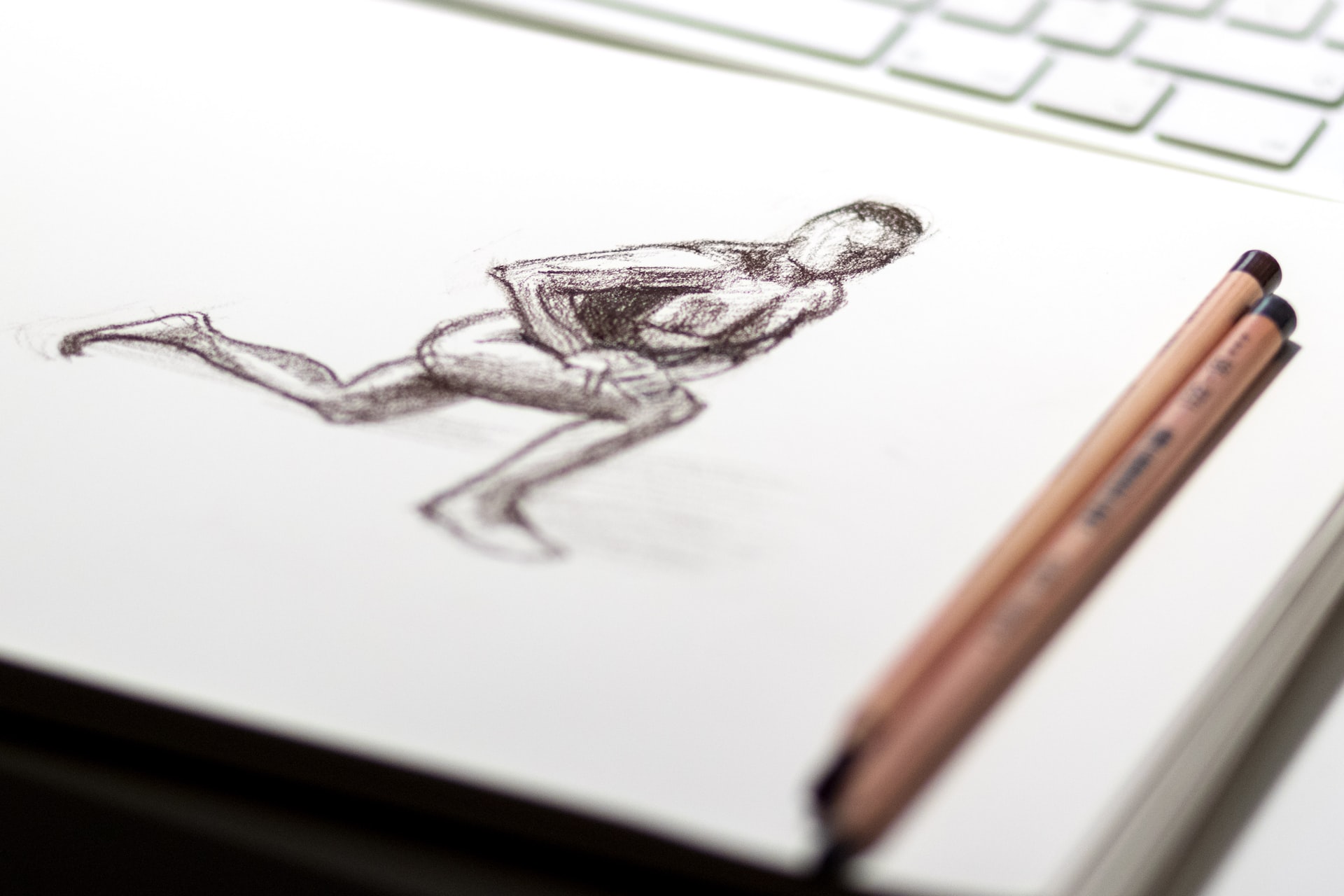

Any type of paper will do – the drawing pads or paper you already own will likely do the job for a sketch, but the grade of paper you use will affect how to charcoal behaves.
Toothed paper – either fine-toothed or with a rougher texture – is the best option for charcoal. You can use either white or toned paper – coloured paper can be a fun option to add shades to traditionally black and white compositions.
The grain of the paper is how charcoal adheres to it, so a glossy, smooth paper will make it trickier to use charcoal. Bristol board, for example, has little to no tooth, which makes it an unsuitable choice.
Charcoal drawing techniques
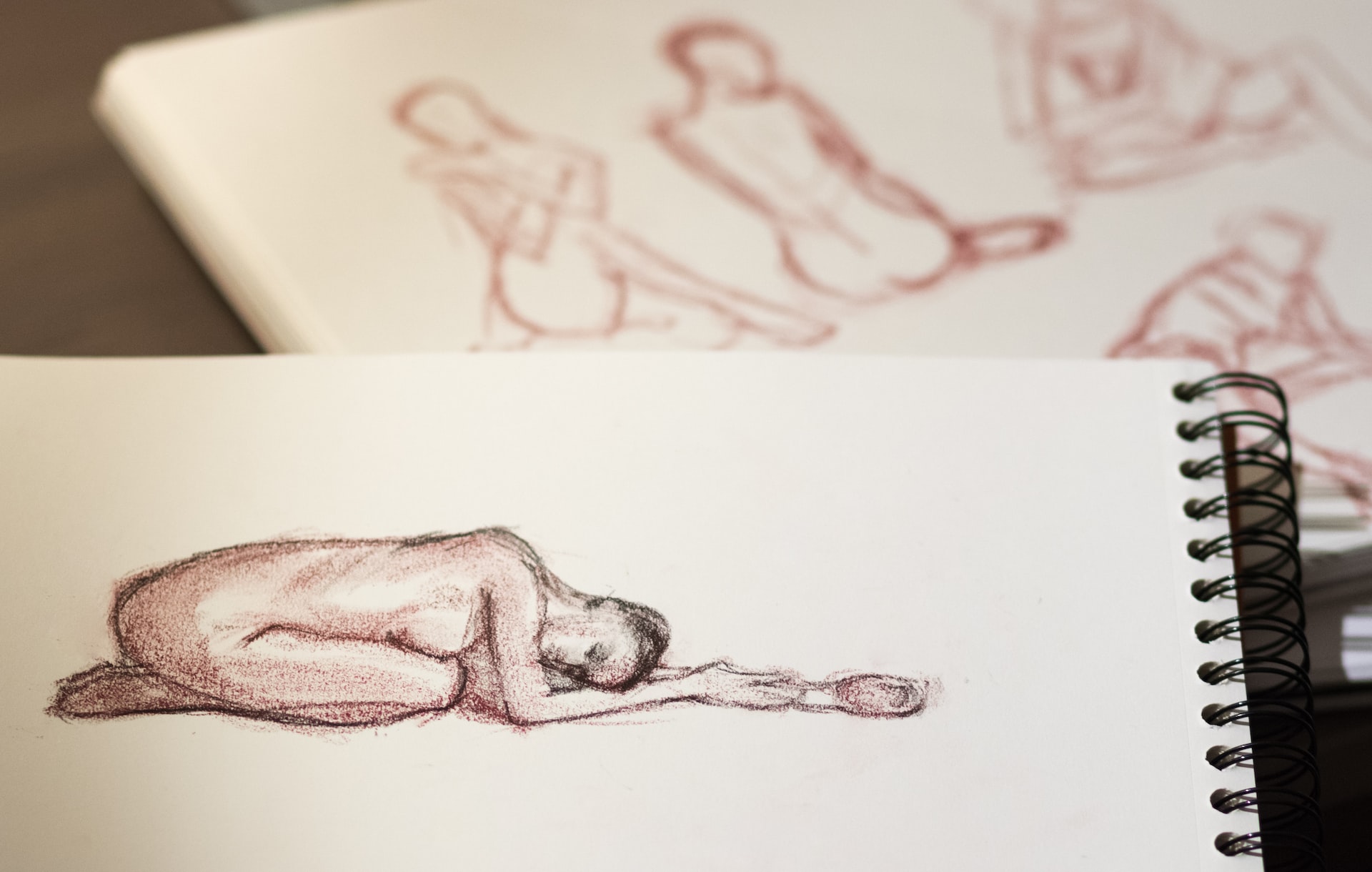

Charcoal drawing techniques can help you get the best from it. Before you start, try using a charcoal stick loosely in your hand and sketching a simple object.
This can help you get a feel for how charcoal behaves and feels in your hand. Experiment with different pressures to learn how to use charcoal as a beginner.
Once you’re ready to start your next piece, these tips could help:
Gently does it
Avoid using hard strokes with too much pressure to begin with. You could end up with harsh lines that are difficult to change later – or break your charcoal stick in half!
Soft strokes are best to build up your composition, then use progressively more pressure as you go.
Sketch your compostion first
Using an eraser
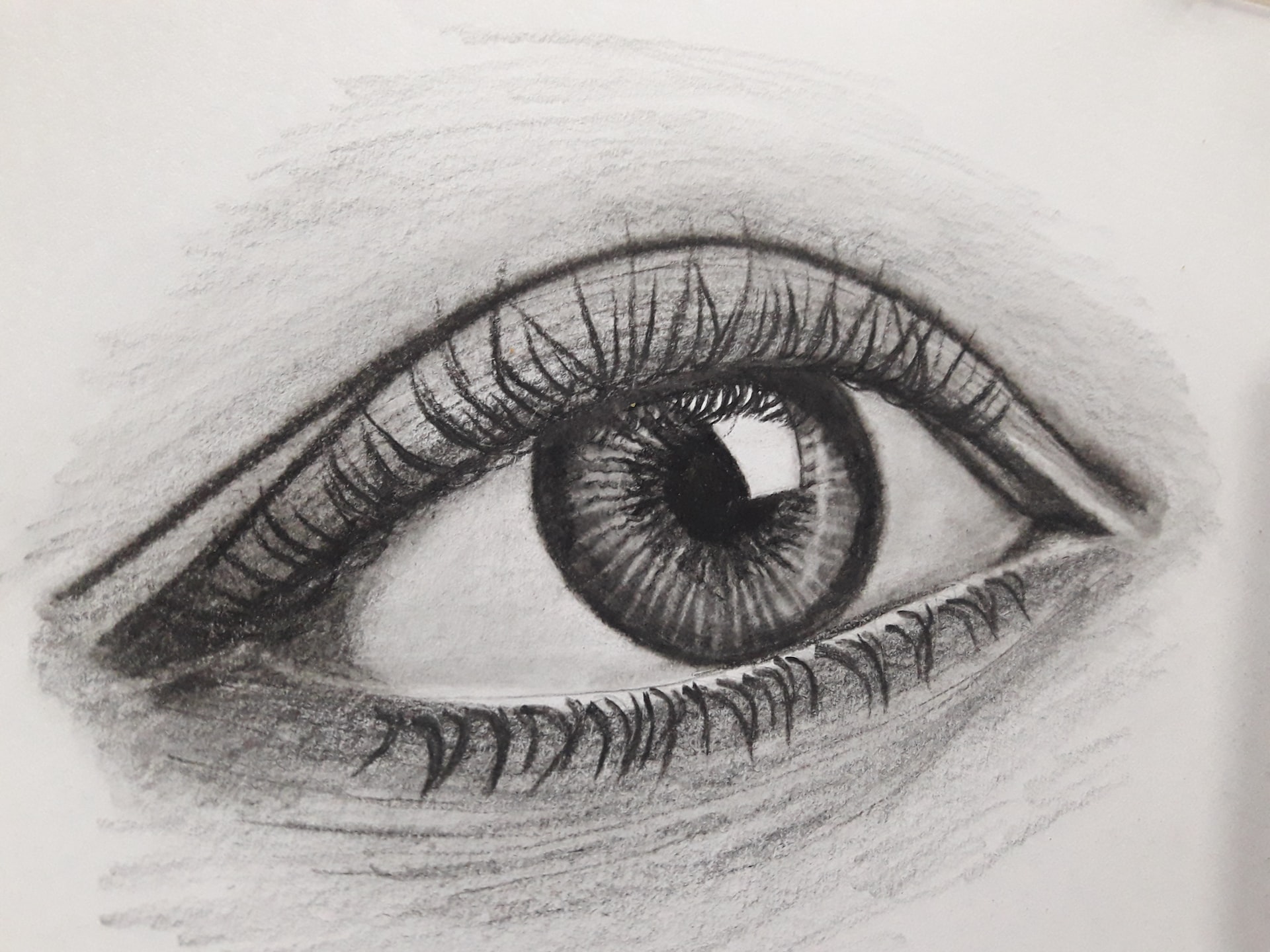

Add light to your artwork using an eraser. Sharpen the edges to make sure you can create clean, sharp lines. Charcoal will clean away easier than graphite, as it contains fewer binders.
If you want to lighten the darkness of charcoal without removing it entirely, try using a kneaded eraser.
Wear a glove
Charcoal is messy work! Practice with charcoal and you’ll discover the side of your hand has become blackened. This could make smudges or marks on white paper (not to mention your hands could feel dried out). Disposable gloves (or nitrate gloves) will work well for charcoal drawing.
Try different charcoal types
Beginners should get started with charcoal sticks – these are the most common and most simple charcoal type to experiment with. Charcoal pencils are also a good option. Experiment with using charcoal powder for shading – use the tips of your fingers in circular motions.
Use white chalk
Rather then using an eraser, white chalk can be a simple way to add lighter areas to your artwork. This is especially effective when dealing with reflective surfaces, like spectacles and eyes in a portrait or a glass in a still life.
Edge with harder charcoal
Harder charcoal should be used for the edges of your drawing to produce defined lines. Build up your composition slowly, and apply more pressure to produce darker outlines.
Blend shadows
Using either your fingers, a paper towel or tissue, blending your shadows instead of drawing them on can make charcoal drawings more realistic.
Practice blended in circular motions to create smooth shadows – charcoal powder is also an excellent choice to adding shadow to your piece.
Fixing your charcoal artwork
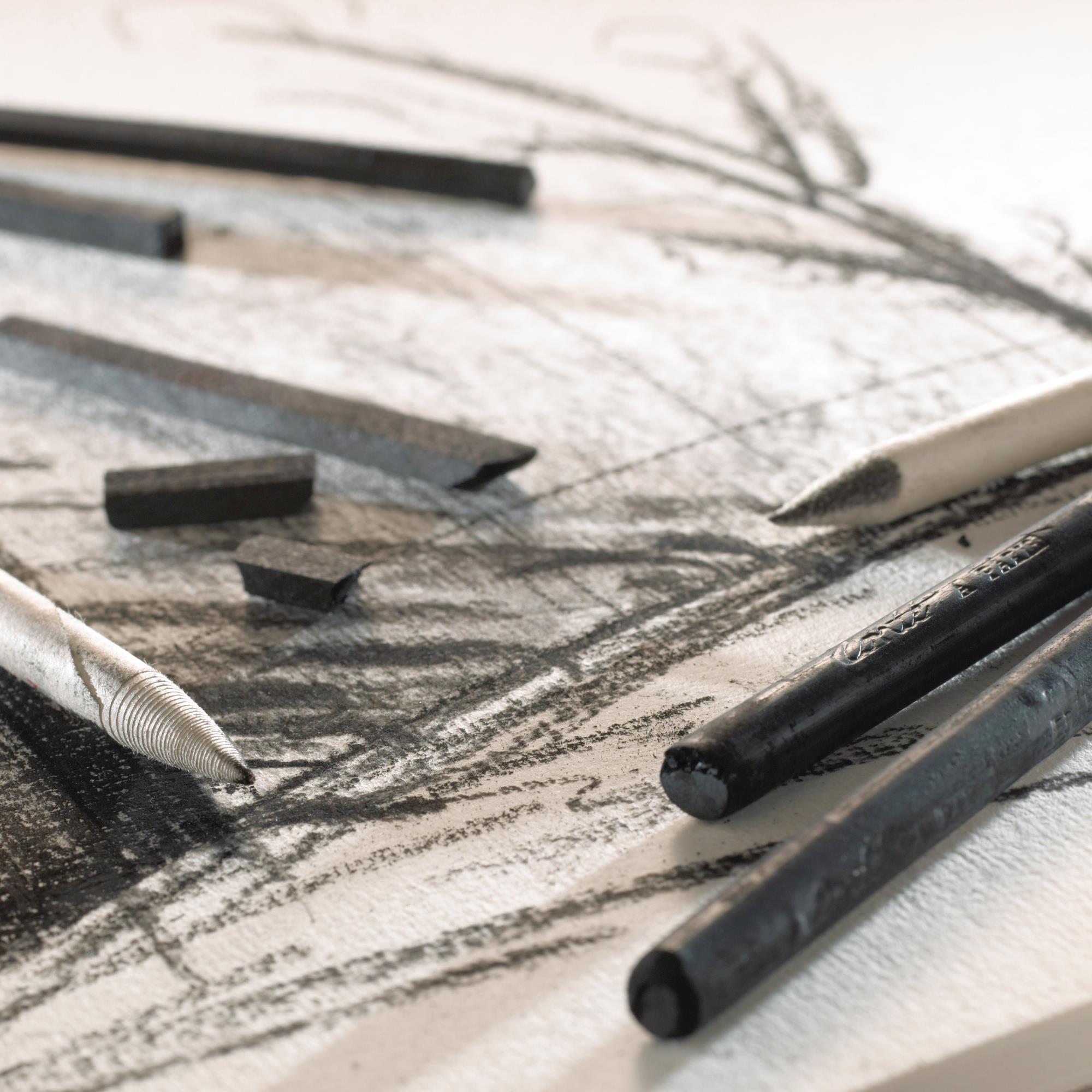

Charcoal is prone to smudging, so must be preserved with a fixative and stored carefully. Avoid touching or rubbing your artwork before fixing it.
Fixatives can be either gloss or matte and applied using a spray. It’s advised to use a proper fixative rather than a substitute like hairspray – this can hold charcoal to some degree, but may cause yellowing of paper.
Aerosol fixatives are flammable and shouldn’t be used in enclosed spaces.
It’s a good idea to use a natural fixative without any nasty chemicals.
Once your artwork has been fixed, avoid placing it into direct sunlight. This can cause charcoal to dull over time. A frame can help any accidental knocks or smudges, allowing you to display your artwork proudly for years to come.
Subjects for charcoal drawing
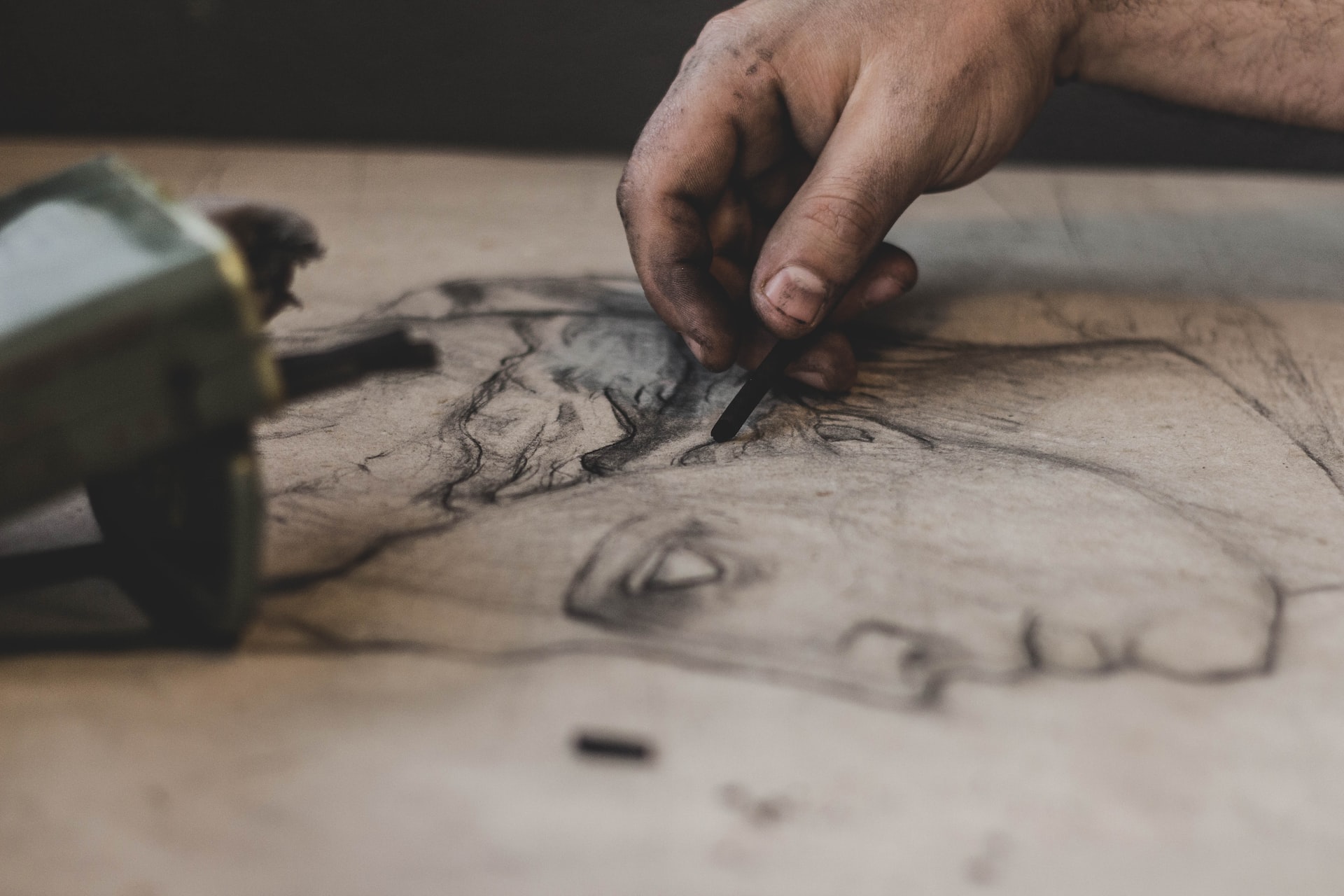

There are no limits on what you can create with charcoal. Bold, simple compositions work well with charcoal – overly complex compositions could become smudged.
Still life
A brilliant option, set up a still life arrangement that uses lots of different textures, shapes and sizes. Shiny, reflective surfaces can be brought to life using erasers or chalk.
Try taking a photo of your composition with a smartphone or tablet, then removing the colour and turning up the contrast. This can give you a good guide to your shading and how your still life will appear in black and white.
Life Drawing
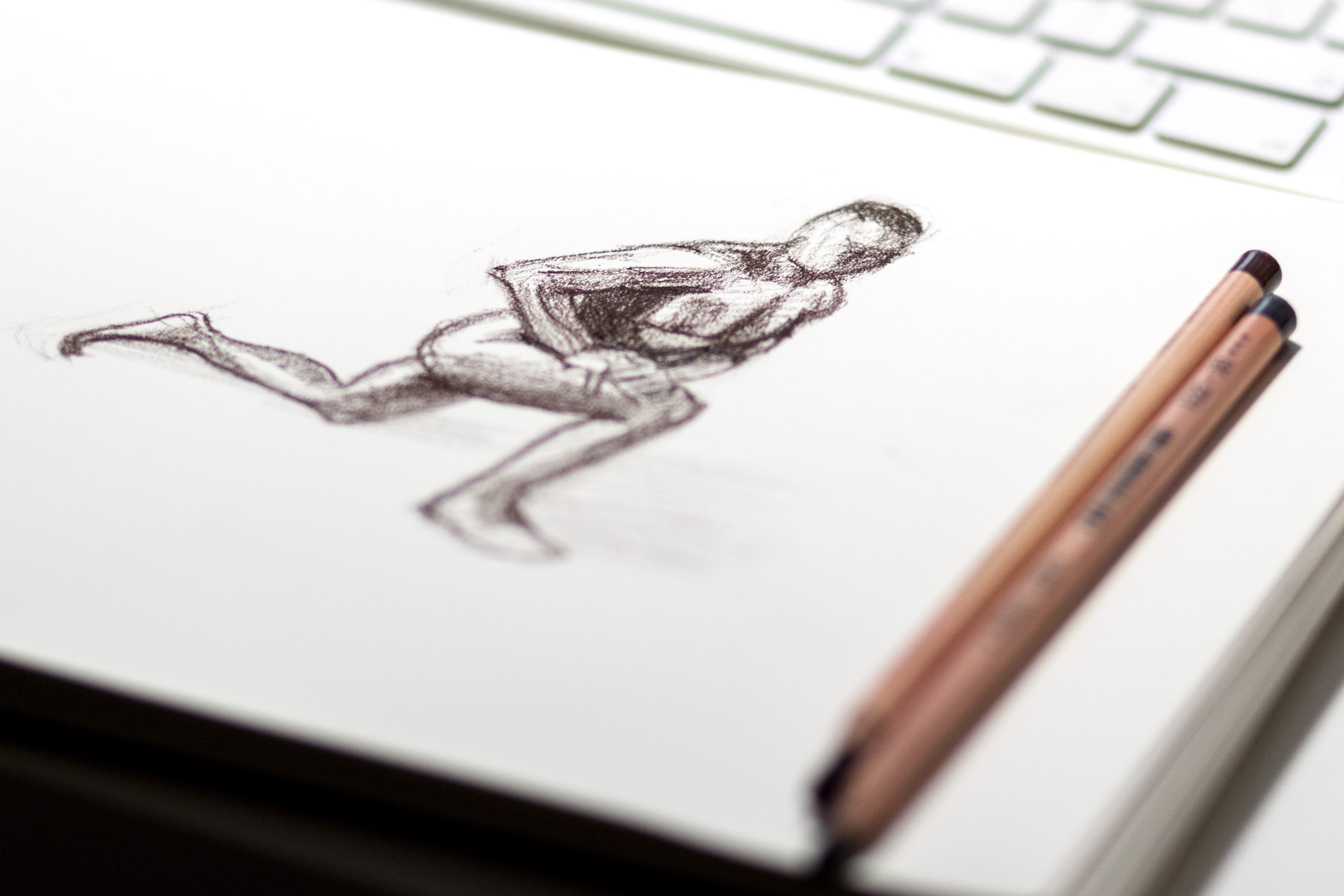

Life drawing is one of the classic subjects for charcoal drawings. Find a local life drawing class and take a new supply of charcoal sticks. Position your paper or pad on an easel so you get a better voice of your subject.
Start by sketching the curves and lines of the body with a soft grip (and minimal pressure).
Portraits
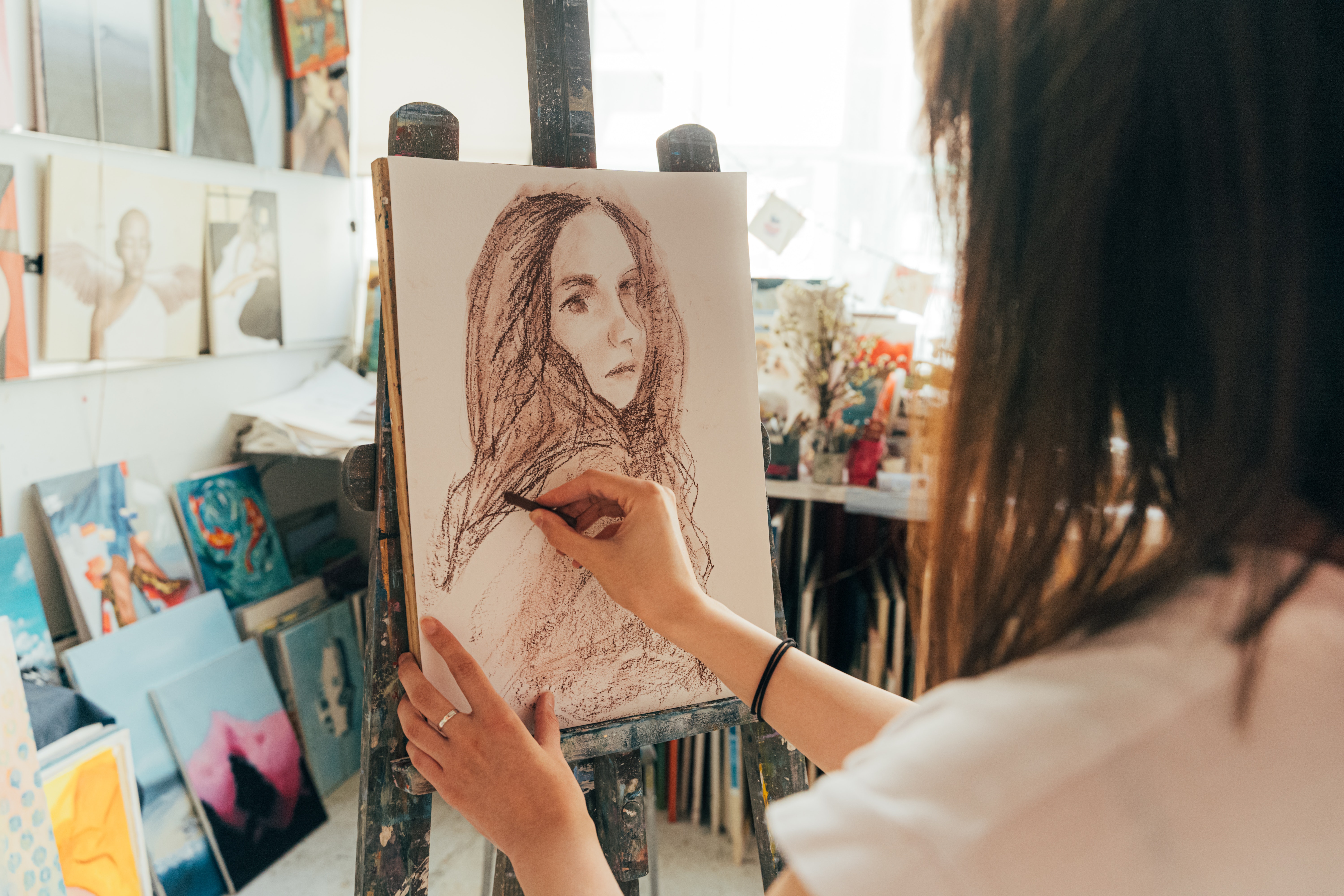

Charcoal is the perfect medium for portraits. Working from a model or a photo, first, establish the position of the head and sketch the position of the key features using a charcoal stick.
Try using light pressure to begin with, as it will be easier to erase any mistakes this way. Sketch in the shadows lightly, then apply a fixative to prevent smudging later.
Use charcoal powder or a soft charcoal pastel to build up the next layer of shadow and detail. Once you’re done, add a fixative to protect your artwork.
Ready to get started with charcoal? Browse our fantastic range and get going!
 Same Day Dispatch Mon-Fri Before 2PM
Same Day Dispatch Mon-Fri Before 2PM

 Free UK Delivery on Orders Over £50
Free UK Delivery on Orders Over £50

